Home>Storage & Organization>Kitchen Organizing Tools>How To Get Rid Of Cat Pee Smell From The Litter Box
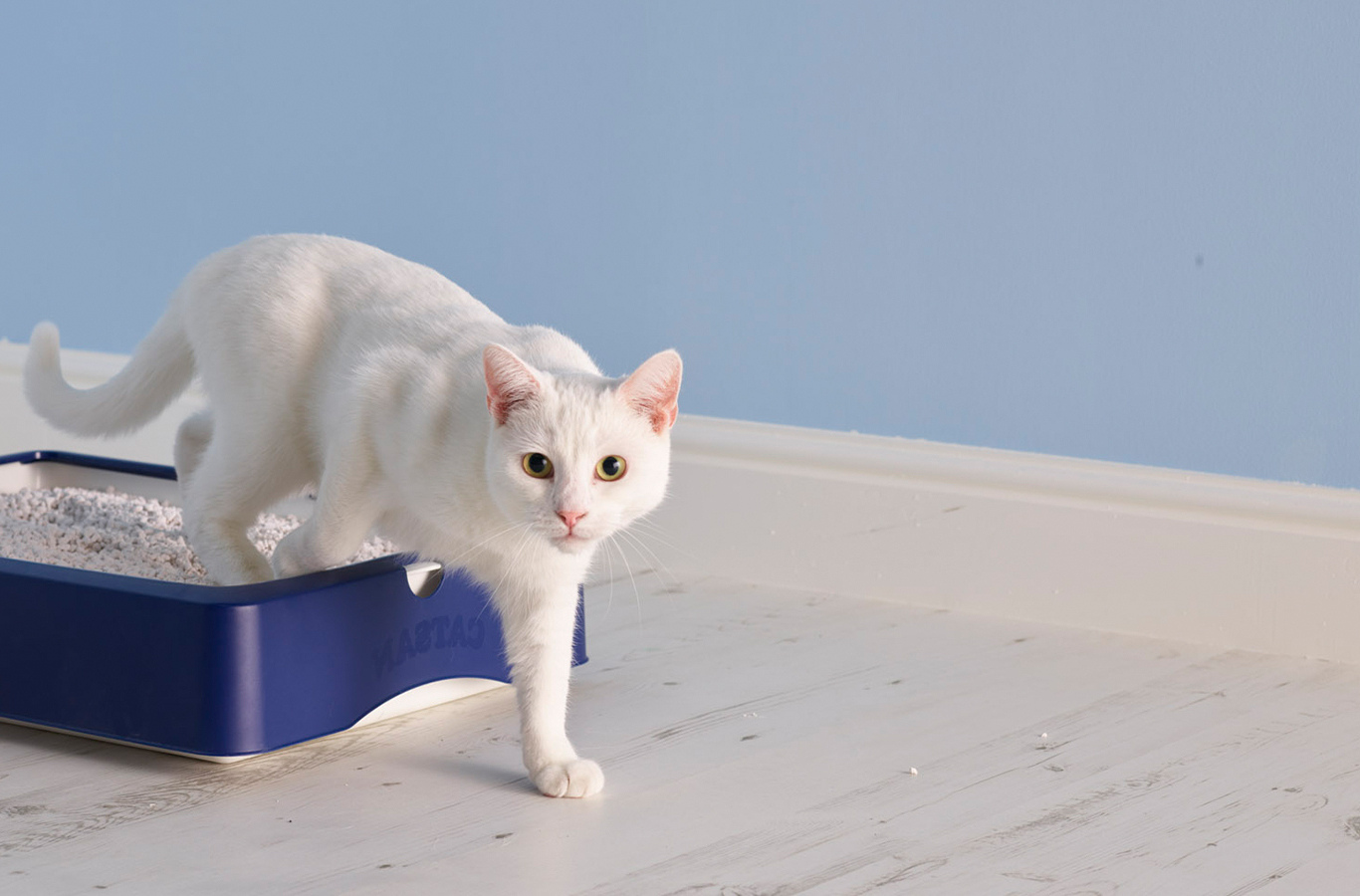

Kitchen Organizing Tools
How To Get Rid Of Cat Pee Smell From The Litter Box
Modified: August 23, 2024
Learn effective ways to eliminate cat pee smell from the litter box using the best kitchen organizing tools. Say goodbye to unpleasant odors for good!
(Many of the links in this article redirect to a specific reviewed product. Your purchase of these products through affiliate links helps to generate commission for Storables.com, at no extra cost. Learn more)
Introduction
Dealing with the pungent odor of cat pee emanating from the litter box can be a challenging and unpleasant experience for any cat owner. The persistent smell not only affects the ambiance of your home but also poses a potential health hazard. Fortunately, with the right approach and tools, you can effectively eliminate this unpleasant odor and create a fresh and inviting environment for both you and your feline companion.
In this comprehensive guide, we will explore the various strategies and products that can help you tackle the issue of cat pee smell in the litter box. From understanding the source of the smell to choosing the right litter and utilizing odor eliminators, we will cover everything you need to know to maintain a clean and odor-free litter box.
By following the tips and techniques outlined in this guide, you can say goodbye to the persistent odor of cat pee and enjoy a fresh and hygienic living space. Let's dive into the world of effective odor elimination and reclaim the pleasant atmosphere of your home.
Key Takeaways:
- Say goodbye to cat pee smell by cleaning the litter box daily, using mild detergents, and choosing the right litter. Keep the box well-ventilated and consider odor eliminators for a fresh and inviting space.
- Combat the persistent cat pee odor with regular cleaning, choosing the right litter, and using odor eliminators. Create a hygienic and comfortable environment for you and your feline friend.
Understanding the source of the smell
The first step in effectively addressing the issue of cat pee smell in the litter box is to understand the source of the odor. Cat urine contains strong-smelling compounds such as ammonia, uric acid, and bacteria, which can create a persistent and unpleasant odor if not properly managed. Understanding the factors contributing to the smell can help you implement targeted solutions for odor elimination.
One of the primary contributors to the strong odor of cat pee is the presence of ammonia. When cats urinate, the urea in their urine breaks down into ammonia, which emits a potent and recognizable odor. Additionally, the presence of uric acid in cat urine can further intensify the smell, especially when it interacts with bacteria and begins to decompose.
Furthermore, the type of litter used in the litter box can also impact the intensity of the odor. Some litters are more effective at absorbing and neutralizing odors, while others may simply mask the smell without addressing the underlying causes. Additionally, the frequency of litter box cleaning and maintenance plays a crucial role in managing the odor. A neglected litter box can quickly become a breeding ground for bacteria and foul odors, making regular cleaning essential for odor control.
Understanding the source of the smell also involves considering the cat's health and behavior. Changes in a cat's urinary habits or the presence of underlying health issues can result in stronger or more persistent odors in the litter box. By monitoring your cat's behavior and consulting with a veterinarian if necessary, you can address any potential health-related factors contributing to the odor.
By gaining a comprehensive understanding of the factors contributing to the cat pee smell in the litter box, you can tailor your approach to odor elimination more effectively. From choosing the right litter to implementing regular cleaning routines, addressing the source of the smell is essential for maintaining a fresh and odor-free environment for both you and your feline companion.
Cleaning the litter box
Maintaining a clean litter box is paramount in combating the persistent odor of cat pee. Regular cleaning not only helps control the smell but also promotes a hygienic environment for your cat. Here's a step-by-step guide to effectively clean the litter box and keep the odor at bay:
-
Frequency of Cleaning: The frequency of cleaning the litter box is crucial in managing the odor. Aim to scoop the litter box at least once a day, removing clumps of urine and feces. This not only prevents the buildup of odor but also ensures that your cat has a clean space for their bathroom needs.
-
Complete Litter Change: Alongside daily scooping, it's essential to perform a complete litter change on a regular basis. Depending on the type of litter used, this may range from once a week to once every few weeks. Empty the entire contents of the litter box, clean the box with mild soap and water, and refill it with fresh litter. This thorough cleaning helps eliminate any lingering odors and maintains a fresh environment for your cat.
-
Use Mild Detergents: When cleaning the litter box, opt for mild, unscented detergents to avoid leaving behind any strong chemical odors that may deter your cat from using the box. Rinse the box thoroughly to ensure no detergent residue remains.
-
Consider Litter Liners: Litter box liners can simplify the cleaning process and help maintain the hygiene of the box. These plastic liners fit inside the litter box and can be easily removed and replaced during litter changes, reducing the need for extensive scrubbing and cleaning of the box itself.
-
Ventilation and Location: Ensure that the litter box is placed in a well-ventilated area to minimize the concentration of odors. Adequate airflow can help disperse any lingering smells and prevent them from permeating the surrounding space.
By adhering to a consistent cleaning routine and implementing these best practices, you can effectively manage the odor of cat pee in the litter box. A clean and well-maintained litter box not only enhances the overall hygiene of your home but also provides a comfortable and inviting space for your feline companion to attend to their bathroom needs.
Choosing the right litter
Selecting the appropriate litter for your cat's litter box is a crucial step in combating the persistent odor of cat pee. With a wide array of litter options available, it's essential to consider factors such as odor control, absorption capabilities, and your cat's preferences to make an informed choice.
-
Clumping vs. Non-Clumping Litter: Clumping litter, which forms solid clumps when in contact with moisture, is highly effective in simplifying daily cleaning and odor control. On the other hand, non-clumping litter may require more frequent complete changes but can still offer effective odor management.
-
Odor Control Formulas: Many litters are specifically formulated to address odor control, utilizing ingredients such as activated charcoal or baking soda to neutralize and minimize the smell of cat pee. These specialized formulas can significantly contribute to a fresher-smelling environment.
-
Dust-Free Options: Opting for dust-free litter can benefit both you and your cat. Low-dust litters minimize airborne particles, promoting better respiratory health for both humans and felines while reducing the need for frequent cleaning of surrounding surfaces.
-
Natural and Unscented Varieties: Natural litter options, such as those made from corn, wheat, or pine, offer environmentally friendly alternatives with effective odor control properties. Additionally, unscented litters are ideal for cats sensitive to strong fragrances, ensuring their comfort while effectively managing odors.
-
Consider Your Cat's Preferences: Cats may have individual preferences when it comes to litter texture and scent. Observing your cat's response to different litter types can help you identify the most suitable option, promoting their comfort and willingness to use the litter box consistently.
-
Multi-Cat Formulas: If you have multiple cats, choosing a litter specifically designed for multi-cat households can address the increased volume of waste and the associated odors, ensuring effective odor control in a shared litter box environment.
By carefully considering these factors and experimenting with different litter options, you can identify the most effective choice for managing the odor of cat pee in the litter box. The right litter not only contributes to a fresher-smelling environment but also promotes your cat's comfort and hygiene, creating a harmonious living space for both you and your feline companion.
Using odor eliminators
In addition to maintaining a clean litter box and choosing the right litter, utilizing odor eliminators can provide an extra layer of defense against the persistent smell of cat pee. These specialized products are designed to neutralize odors and create a fresher environment for both you and your feline companion. Here's a detailed exploration of the various odor eliminators and their effectiveness in combating cat pee odor:
1. Spray and Granule Odor Neutralizers
Spray and granule-based odor neutralizers offer targeted solutions for addressing cat pee odors in and around the litter box. These products are formulated to break down the odor-causing compounds present in cat urine, effectively neutralizing the smell. Spray-based neutralizers can be applied directly to the litter box and surrounding areas, while granules can be sprinkled in the litter to enhance odor control.
2. Air Purifiers and Deodorizers
Air purifiers and deodorizers are valuable tools for maintaining a fresh and odor-free environment. These devices work by circulating and filtering the air, capturing and neutralizing odor particles, including those emanating from the litter box. Additionally, deodorizers can be strategically placed near the litter box to help minimize the spread of unpleasant odors throughout the living space.
3. Enzymatic Cleaners
Enzymatic cleaners are specifically designed to target and break down the organic compounds present in cat urine. By utilizing natural enzymes, these cleaners effectively eliminate the source of the odor, rather than simply masking it. Enzymatic cleaners can be used to thoroughly clean the litter box and surrounding areas, ensuring a deeper level of odor control.
4. Baking Soda and Activated Charcoal
Household staples such as baking soda and activated charcoal can serve as natural and cost-effective odor eliminators. These substances are known for their absorbent properties, effectively capturing and neutralizing odors. Sprinkling baking soda or placing activated charcoal near the litter box can help mitigate the smell of cat pee, contributing to a fresher and more pleasant environment.
5. Scented Litter Additives
Scented litter additives offer a dual benefit by enhancing the overall fragrance of the litter while also providing odor control. These additives are designed to complement the existing litter, offering a subtle and pleasant scent that helps mask and minimize the smell of cat pee. When used in conjunction with regular cleaning and maintenance, scented litter additives can contribute to a more inviting litter box environment.
By incorporating these odor eliminators into your odor control strategy, you can effectively combat the persistent smell of cat pee in the litter box. Whether through targeted sprays, air purification, enzymatic cleaners, natural absorbents, or scented additives, these products offer versatile and effective solutions for maintaining a fresh and hygienic living space for both you and your feline companion.
Maintaining a clean litter box
Maintaining a clean litter box is paramount in combating the persistent odor of cat pee. Regular cleaning not only helps control the smell but also promotes a hygienic environment for your cat. Here's a step-by-step guide to effectively clean the litter box and keep the odor at bay:
-
Frequency of Cleaning: The frequency of cleaning the litter box is crucial in managing the odor. Aim to scoop the litter box at least once a day, removing clumps of urine and feces. This not only prevents the buildup of odor but also ensures that your cat has a clean space for their bathroom needs.
-
Complete Litter Change: Alongside daily scooping, it's essential to perform a complete litter change on a regular basis. Depending on the type of litter used, this may range from once a week to once every few weeks. Empty the entire contents of the litter box, clean the box with mild soap and water, and refill it with fresh litter. This thorough cleaning helps eliminate any lingering odors and maintains a fresh environment for your cat.
-
Use Mild Detergents: When cleaning the litter box, opt for mild, unscented detergents to avoid leaving behind any strong chemical odors that may deter your cat from using the box. Rinse the box thoroughly to ensure no detergent residue remains.
-
Consider Litter Liners: Litter box liners can simplify the cleaning process and help maintain the hygiene of the box. These plastic liners fit inside the litter box and can be easily removed and replaced during litter changes, reducing the need for extensive scrubbing and cleaning of the box itself.
-
Ventilation and Location: Ensure that the litter box is placed in a well-ventilated area to minimize the concentration of odors. Adequate airflow can help disperse any lingering smells and prevent them from permeating the surrounding space.
By adhering to a consistent cleaning routine and implementing these best practices, you can effectively manage the odor of cat pee in the litter box. A clean and well-maintained litter box not only enhances the overall hygiene of your home but also provides a comfortable and inviting space for your feline companion to attend to their bathroom needs.
To get rid of cat pee smell from the litter box, regularly scoop out the clumps, clean the box with mild soap and water, and add a layer of baking soda to absorb odors.
Conclusion
In conclusion, addressing the persistent odor of cat pee in the litter box requires a multifaceted approach that encompasses understanding the source of the smell, implementing effective cleaning practices, choosing the right litter, utilizing odor eliminators, and maintaining a consistent routine. By gaining insight into the factors contributing to the odor, cat owners can tailor their strategies to effectively combat the smell and create a fresh and inviting environment for both themselves and their feline companions.
Regular cleaning of the litter box, including daily scooping and periodic complete litter changes, is essential for managing the odor and promoting a hygienic space for cats to attend to their bathroom needs. The use of mild detergents and litter liners can simplify the cleaning process while ensuring the cleanliness of the litter box. Additionally, placing the litter box in a well-ventilated area can help disperse odors and maintain a fresh environment.
Choosing the right litter is a critical aspect of odor control, with considerations such as clumping versus non-clumping litter, odor control formulas, dust-free options, natural and unscented varieties, and multi-cat formulas playing a pivotal role in managing the smell of cat pee. By observing their cat's preferences and experimenting with different litter types, cat owners can identify the most suitable option for effective odor control.
Furthermore, the use of odor eliminators, including sprays, granules, air purifiers, enzymatic cleaners, natural absorbents, and scented litter additives, offers versatile solutions for neutralizing odors and maintaining a fresh living space. These products complement regular cleaning and litter maintenance, providing an extra layer of defense against the persistent smell of cat pee.
By integrating these strategies and products into their approach to litter box maintenance, cat owners can effectively combat the persistent odor of cat pee and create a comfortable and hygienic environment for both themselves and their feline companions. With a proactive and comprehensive approach to odor control, cat owners can enjoy a fresh and inviting living space, free from the lingering smell of cat pee.
Frequently Asked Questions about How To Get Rid Of Cat Pee Smell From The Litter Box
Was this page helpful?
At Storables.com, we guarantee accurate and reliable information. Our content, validated by Expert Board Contributors, is crafted following stringent Editorial Policies. We're committed to providing you with well-researched, expert-backed insights for all your informational needs.

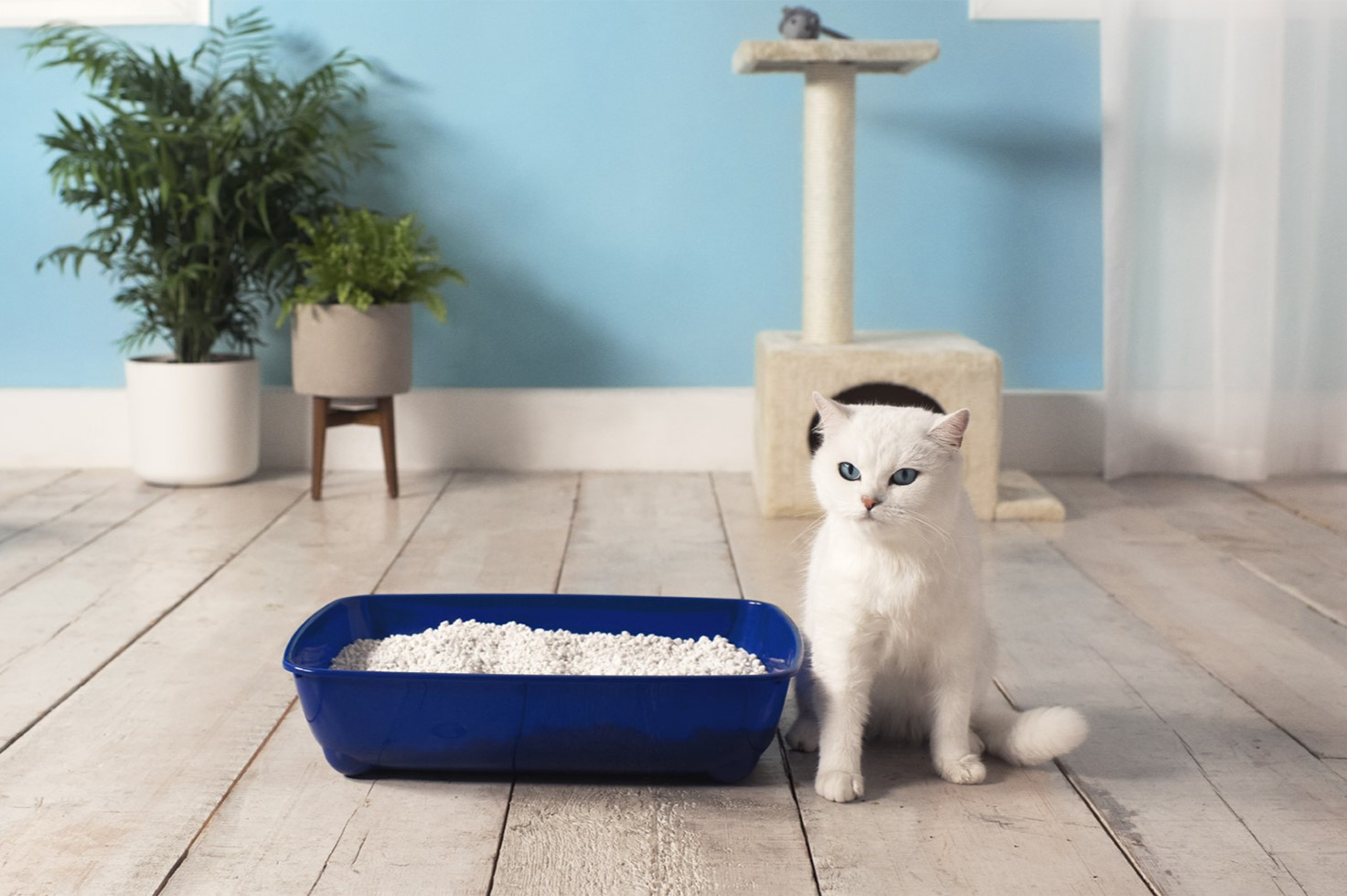
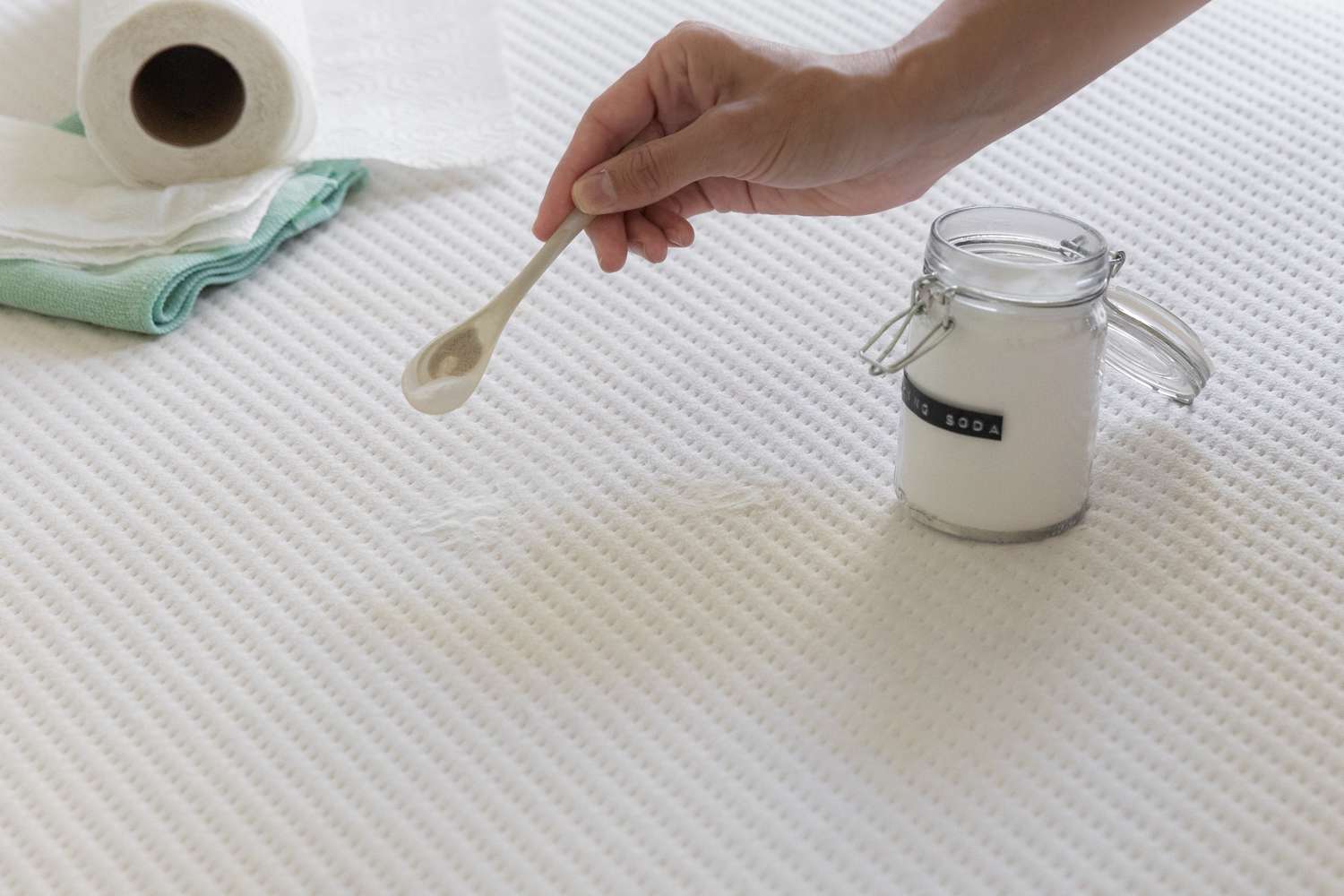
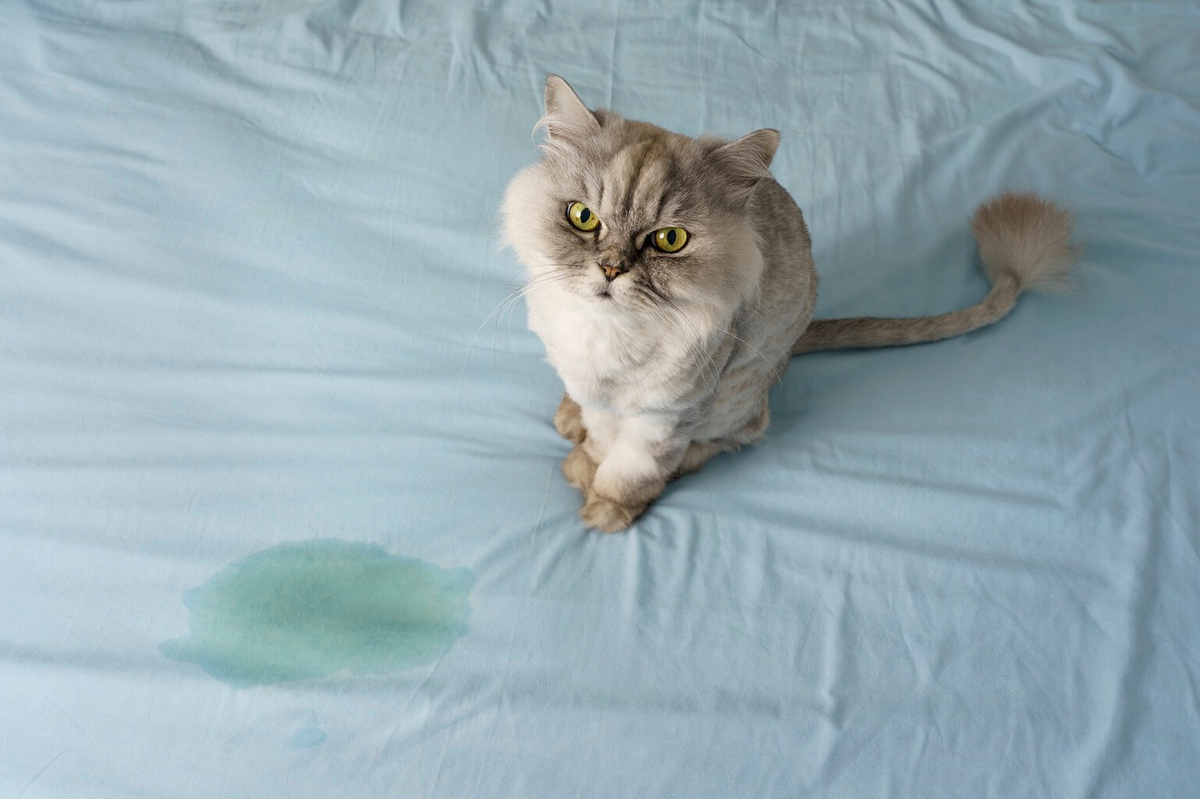
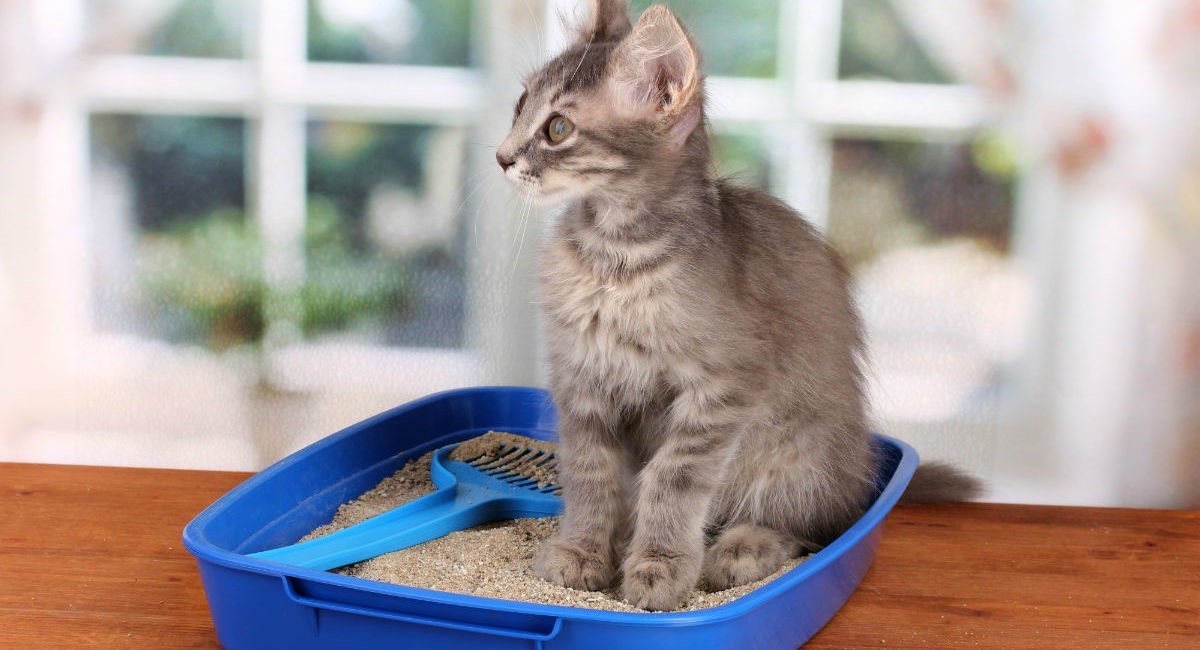
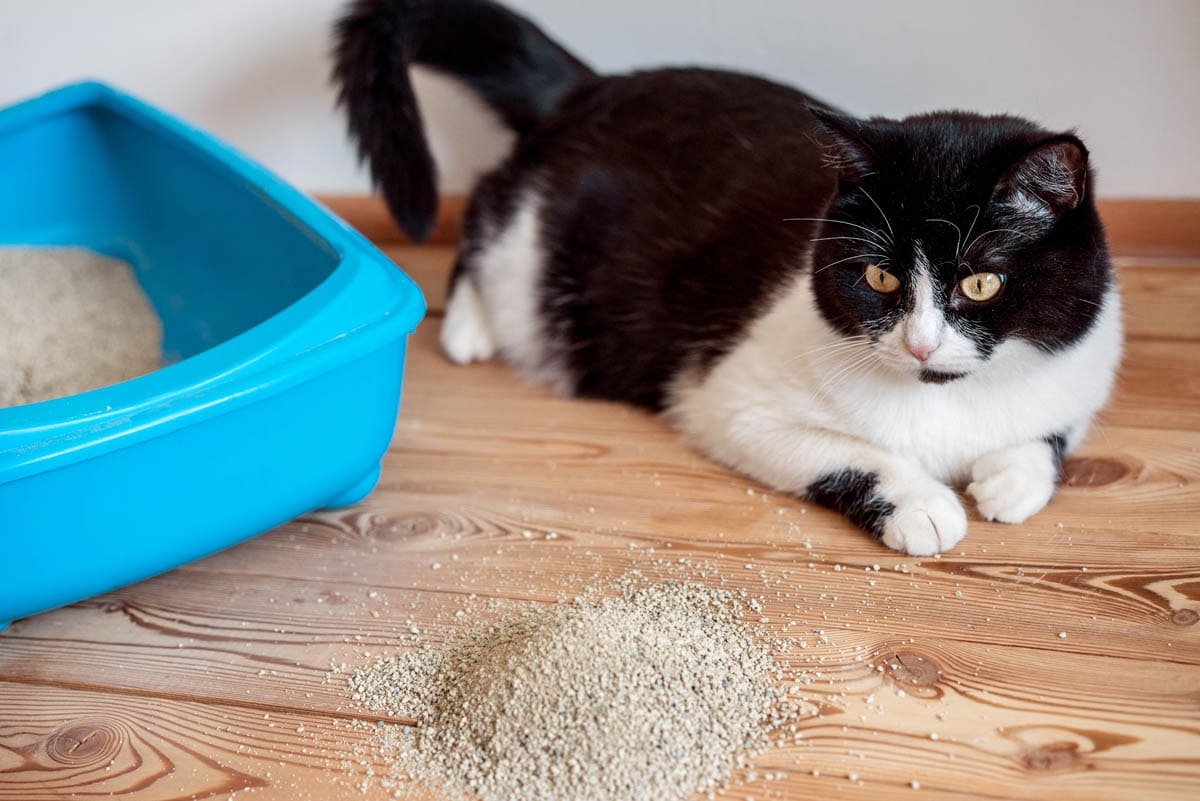
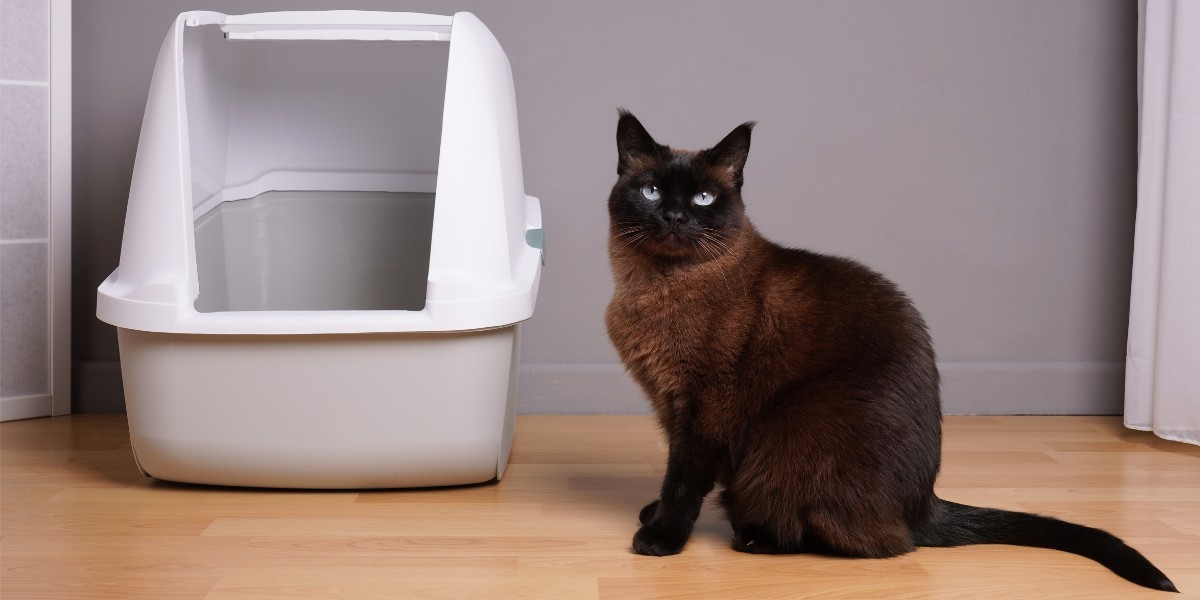
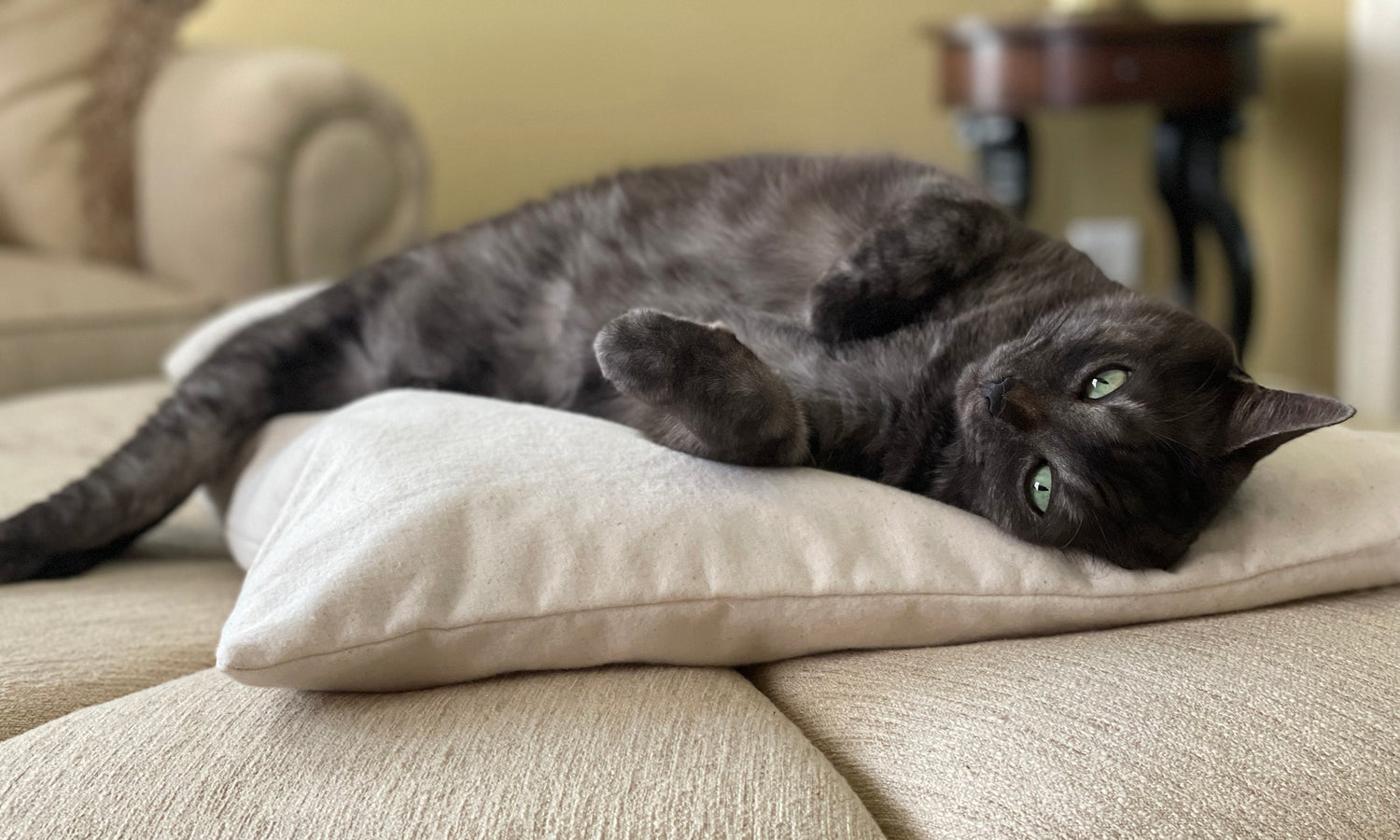
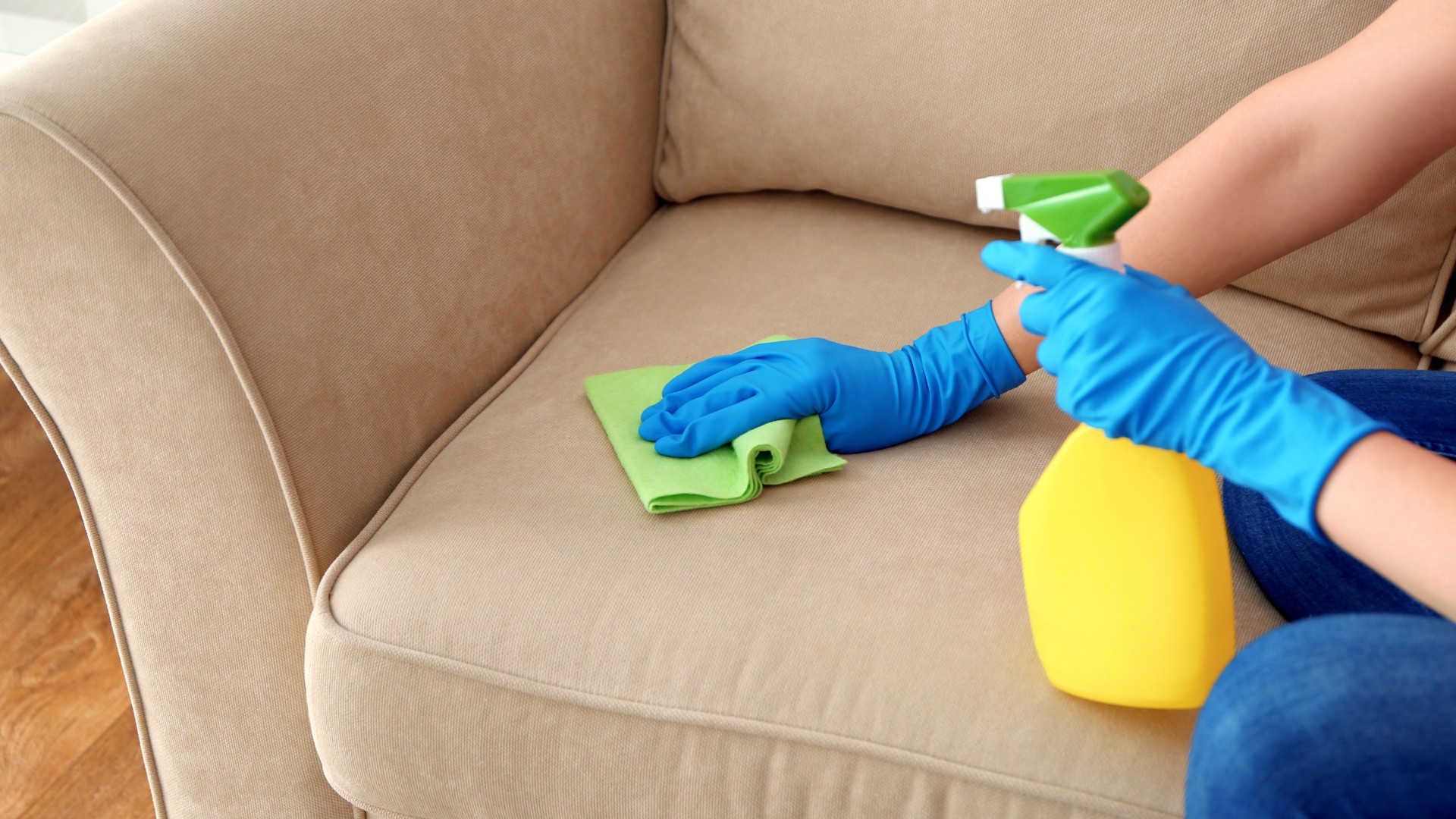
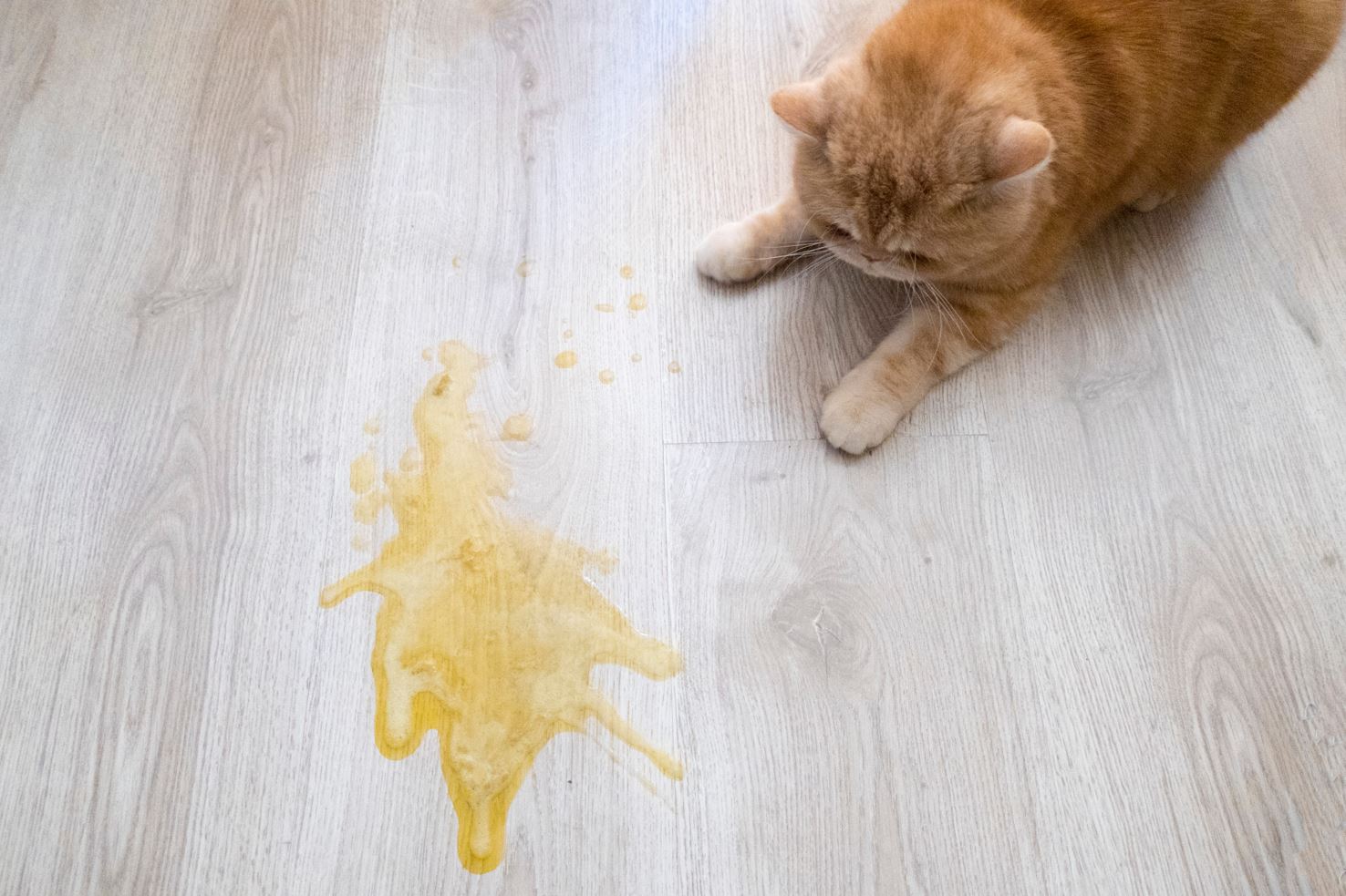
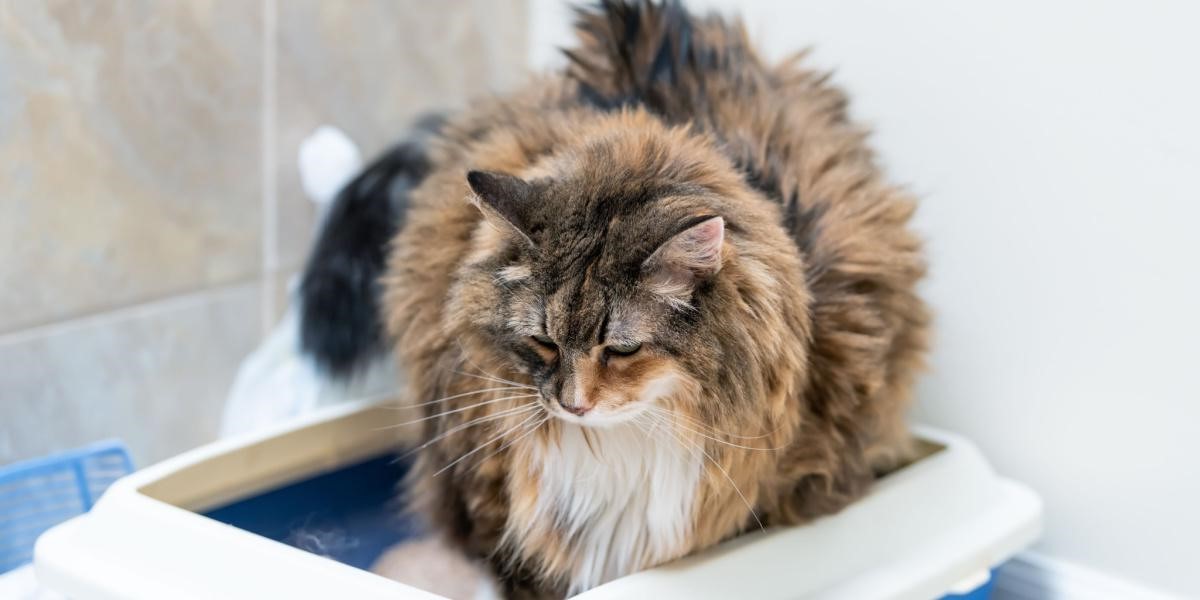
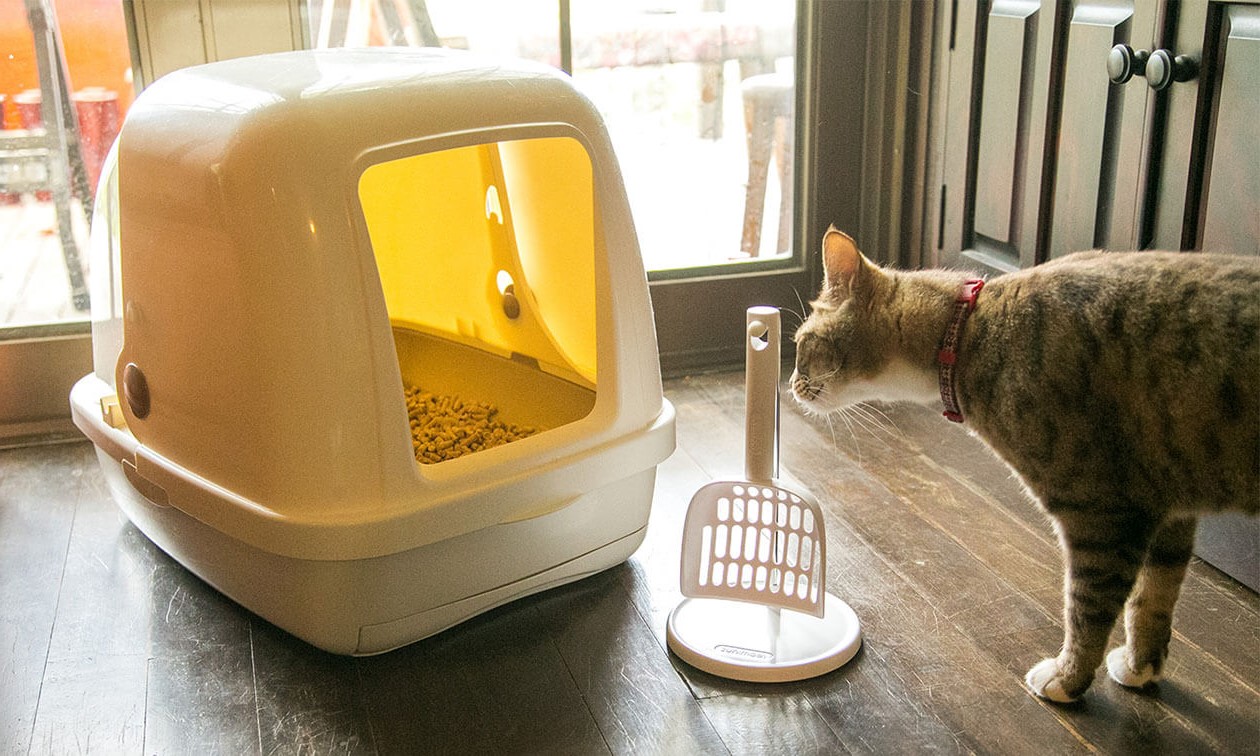


0 thoughts on “How To Get Rid Of Cat Pee Smell From The Litter Box”